Categories
Best Operating Tables for a Better Patient Outcome
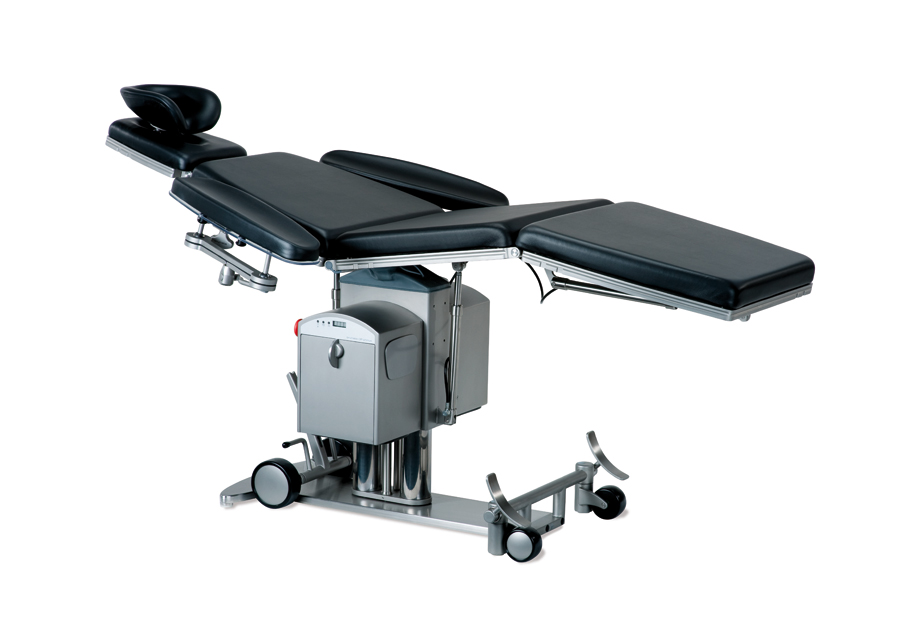
The types and quality of operating tables constantly change due to the growth of number of surgical procedures that are conducted. Though many hospitals use rather standard tables, special designs become more and more popular due to their reliability and efficiency during surgeries and examinations.
Such units often feature radio translucent materials for the tabletop, so there is also a possibility to use imaging equipment, a C-arm imager, interchangeable head/ foot sections and also sliding tabletops.
Many surgical tables are hybrids; it means they combine two different types of tables into a single style. Good examples of such units are cardiac operating tables, which double as cardiac catheterization tables. Having a patient on such table saves much time and reduces the stress both of the staff and patients.
Contents
Physical Therapy Tables
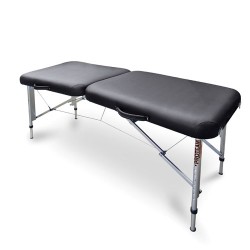
These are the units that boast several table options. They can be quite different, as many things depend on the patient and the prescribed program. Patients and therapists should have tables that can be adjusted for height. This works great for patients in scooters, wheelchairs, walkers and those, who are sitting in typical chairs that are around the table.
These tables are frequently used for providing balance and support after standing up from the table, as they are pretty solid, sturdy and strong. Most modern models are electric and can be lowered or raised either with a foot or hand control. They are durable and easy to clean, mar-, tear- and puncture-resistant.
More information about physiotherapy equipment – here.
Surgery Tables
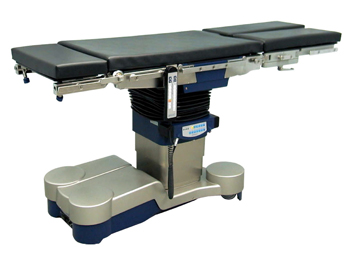
These operating room tables are designed for capturing and containing anesthesia gases. They prevent exposure to personnel during surgical procedures. Today there are different types of surgical tables and hospital beds available. Different models can meat different requirements and specialized procedures.
Perhaps the essential function they have is keeping the patient in the right position possible for the definite surgical procedure, allowing the surgeon to make all needed adjustments during the surgery without interfering with the operation.
There are general and specialty tables. To the general belong the following tables:
- ambulatory care
- bariatric
- acute care
To specialty ones:
- orthopedic
- image-guided
- ortho/spine
The units are available as:
- backdraft airflow that is drawn through a backdraft grill, which is located vertically behind the work area
- downdraft airflow that is drawn through perforated surface panels, which are located below the work area
The number of options to choose from is really great.
Cardiac Tables
These operating tables can be classified as mobile and stationary systems. Speaking of the first options, it should be noted that the position of the table is changeable within the operating room. The stable segments can be removed or changed when needed. The foot of the system limits the availability of leg space, but this is the problem of a stationary system as well.
In a stationary variant the column is firmly anchored to the floor. During the procedure all the necessary medication and equipment are brought to the table.
Cardiac surgeons usually have less complex positioning needs, but they usually prefer using fully motorized movement systems of the tabletop and the table.
C-arm Tables
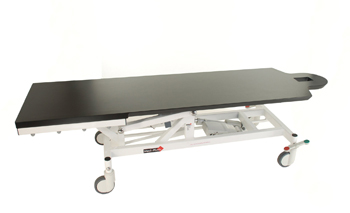
They are specifically designed for surgical centers, C-arm fluoroscopy procedures and pain management facilities. Such tables are regarded to as perfect units for pain care applications. They ensure the needed access and stability. They are quiet, precise and vibration-free, which is very important for such procedures.
A good functional design provides the required access with the reduced level of radiation exposure to clinicians. Some newer models feature multiple positioning control options with basic pre-programmed features. This is important for safe and quick tabletop positioning during the surgery.
In most cases this surgical table has a foot-operated controller, a portable hand-held controller and a rail-mounted main control panel that are there for a convenient access from different points around the operating table. Some models can even accommodate the bariatric patients.
Gynecology Tables
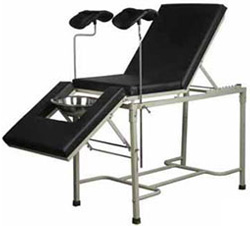
These tables are a kind of advanced equipment that is designed for examination and surgery. They usually have all the required tools and mirrors and comply with the curve of the body. The angle and the height can be adjusted directly in order to make the operation successfully. Some gynecological exam tables feature separate rests for the knees of the patient.
The materials that are used in manufacturing of these tables are of superior quality, assuring a long-term use.
Orthopedic Tables
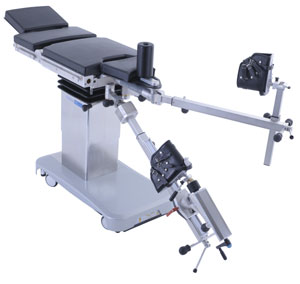
All orthopedic tables have the apparatus for providing and supporting traction for the limbs of the patient during orthopedic procedures. Applications for such tables include even upper-extremity procedures.
As a rule, an orthopedic table has a rectangular top that is made of plastic, metal or is a plastic/metal/carbon-fiber composite. The top is usually supported by a pedestal that is a kind of a fixed base. It can also be a movable and swivel-caster base.
All fixed-based models feature the tops that are interchanged in order to accommodate some specific surgical procedures. The tops are easily transformed to trolleys that are needed for the transportation of patients to and from an operating room.
These surgical tables have padding that is required for an upper-body support. They feature a perineal post for lower-body support. In addition there come many orthopedic accessories. Some of the supports are interchangeable in order to accommodate specific procedures.
There are also other models that are available with the tabletops, which allow orthopedic table conversion to a full-length table needed for surgeries.
So, there are both standard tables and hybrids. Using them surgeons can make the outcome of the procedure much better.



